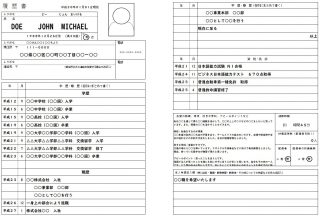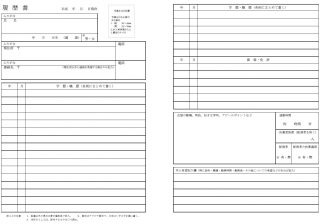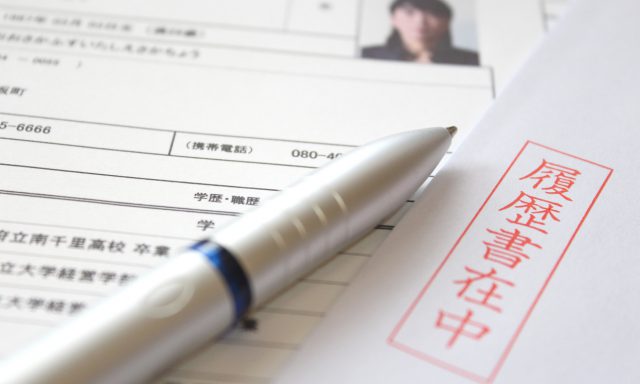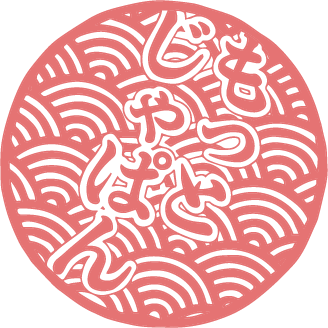Japanese-style Resumes and CVs
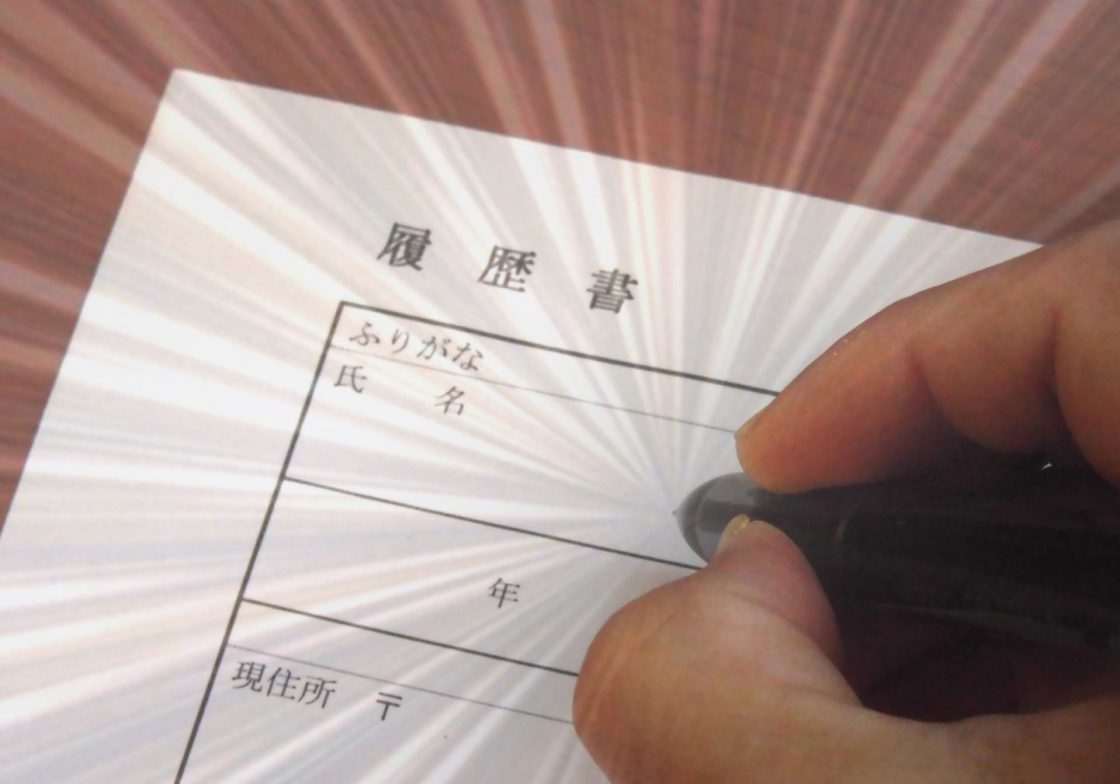
Applying for a job in Japan can be very intimidating especially when you are not familiar with what you need to prepare and how to prepare it. This article will describe the documents often required to apply for a job in Japan.
The Japanese Way
Whether you are applying for a part-time job or full-time employment a resume is a must for your application. In Japan, the rirekisho (personal history) and shokumu keirekisho (personal work history) are the forms with which individuals inform possible employers of not only their educational and work experience. Unlike the west, the format of the rirekisho is mostly standardized, leaving little room for individuals to create their own template which would make their application stand out from all the rest. It is therefore important to familiarize yourself with how to write one and make yourself pop out with the use of only your words. Here we will discuss both forms and how to write them.
The Rirekisho(履歴書 / りれきしょ)
As stated earlier, the format of the rirekisho is fairly standard and usually asks for the following information in the noted formats:
- 写真(しゃしん) – Photo
- 30 x 40 mm
- Portrait orientation
- Head and shoulder shot (chest up)
- Glue to rirekisho
- Do not staple
- Write your name on the back of the photo in case it should peel off
- 日付(ひづけ) – Date of application(year, month, day)
- 氏名(しめい) – Full name(last, first, middle)
- 生年月日(せいねんがっぴ) – Date of birth(year, month, day)
- 満年齢 – Age at time of application
- 性別(せいべつ) – Sex
- 現在住所(げんざいじゅうしょ) – Current address
- 電話番号(でんわばんごう) – Phone Number
- 連絡先(れんらくさき) – Contact address(if different than current address)
- 学歴・職歴(がくれき・しょくれき) – Academic history / Work history
- Academic History
- If applying for part-time work while you are in school, include academic history back to junior high school
- If applying for a full-time position post-graduation, include academic history back to senior high school
- Higher education history should include the school name, department, and major area of studies.
- One line should be written to indicate the date of admission (month you start classes) and another line for graduation.
- Academic History
- LINE BREAK
- Leave a space between your education and work history.
- Work History
- If applying for part-time work include past part-time work experience
- Where relevant, include department, sub-department, and position names.
- If applying for full-time employment, leave part-time work experience out unless it is in a related field.
- Most employers do not consider part-time work as work experience.
- If including full-time experience write the department, sub-department, position names.
- One line should be written to indicate the starting date of employment and another for the day you left the company.
- If applying for part-time work include past part-time work experience
- 以上(いじょう) – IJŌ – END
- When you have finished writing your academic and work history, write the word ijo (以上) justified to the right in the line immediately following the last bit of information.
- 資格・免許(しかく・めんきょ) – Qualifications, licenses, and certificates
- Include test scores and driver’s license
- 志望動機(しぼうどうき) – Why are you applying for the position
- 特技(とくぎ) – Personal skills
- 好きな学科(すきながっか) – Favorite subjects
- アピールポイント(あぴーるぽいんと) – “Appeal Points”
- Points that separate you from other people
- NOTE: These skills and other points that separate you from others may be simply listed out. However, it is highly recommended not to do it this way. Instead, pick a skill or other point and write about an experience where you utilized it and what you were able to accomplish.
- 通勤時間(つうきんじかん) – Commute time
- From home to the location of work
- 扶養家族数(ふようかぞくすう) – Number of Dependents
- 配偶者(はいぐうしゃ) – Spouse
- Yes or No
- 配偶者の扶養義務(はいぐうしゃのふようぎむ) – Obligation to support a spouse
- Yes or No
- 本人希望記入欄(ほんにんきぼうきにゅうらん) – Space for personal requests
- 給料(きゅうりょう) – Wage
- 職種(しょくしゅ) – Job type
- 勤務時間(きんむじかん) – Working hours
- 勤務地(きんむち) – Location
- その他(そのた) – Anything else
Traditionally, the rirekisho is handwritten but employers are often lenient for foreign applicants. This means that you may type your rirekisho. However, you must still follow format rules as can be seen in the following graphic:
